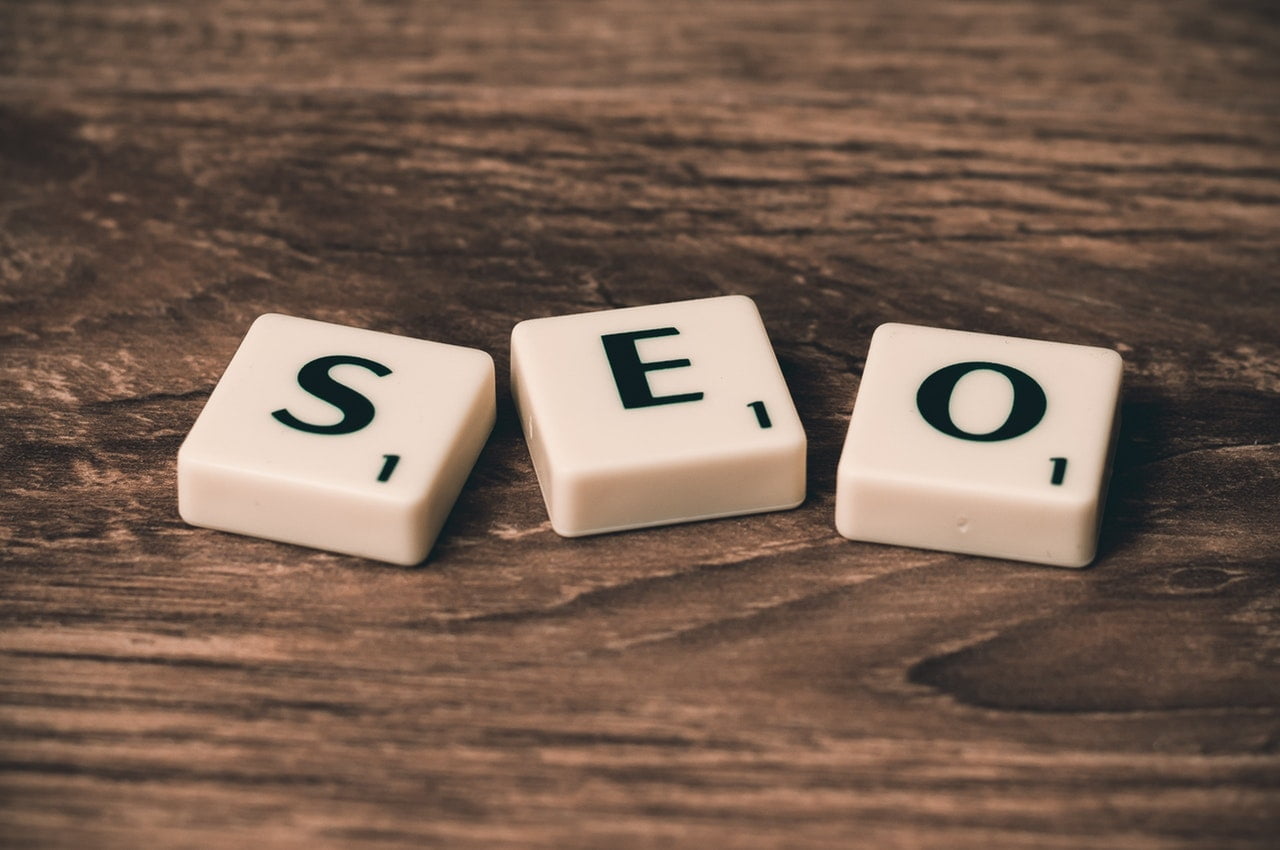Why Social Audio Is the Next Big Thing

Podcasts used to rule the internet audio sphere for years. It was the sole holder of the crown, the magnate that dictated the course of people’s audio listening habits apart from music. Enter Clubhouse, a genre-defining audio platform that brings the podcast experience to the social media sphere that pundits are now calling “social audio.”
Clubhouse had an incredible launch year. Somewhat aided by the pandemic quarantine set up, it now boasts more than 10 million users, all thanks to viral, invite-only word-of-mouth. But with every new piece of social media ingenuity comes the cost of other platforms hungry to replicate this feature. We’ve now got the likes of Twitter, Facebook (called Soundbites), Spotify, Discord, and Slack joining the social audio fray and coming up with their unique spins to Clubhouse.

So far, Twitter is in the lead with their Spaces feature currently on test mode.
What does this mean for brands and businesses? Where does social audio fit in this highly competitive space?
One of the drawing powers of Clubhouse is its exclusivity at the moment. It’s where you can find billionaires, tech CEOs, influencers, celebrities, and the like popping in and out of the platform to host a conversation or two. It’s drastically different from vlogs and podcasts in that it’s done in real-time and can have listeners join the conversation sporadically.
We’re all aware of the fact that people love audio. Podcasts are still on the rise (in fact, more so in the past year). Radio stations have evolved and folded with music streaming services (good job, Apple Music). More platforms are trying to reshape the concepts of social audio in one way or another. The millions of users flocking over to Clubhouse and similar spaces also represent a chunk of the majority who have the same interest in audio. It’s a powerful medium that would probably linger on for a long time.

Social audio’s limitless potential remains the same for brands and businesses. It’s still a pretty new environment, but I can see three things that would be beneficial for any business owner.
User retention. Social audio is a brilliant way to keep your audience engaged and interested in the topic at hand. More users have spent endless amounts of time on social media in the past year or so as the desire to connect grew from being a trivial thing to a more necessary phenomenon. Social audio adds to the many features that can help water down user’s fleeting attention and allow for more genuine engagement and interaction.
A better form of content for those who TL;DR. Social audio offers a unique way of user interaction that eliminates the need for visual feeds. I’m not saying people don’t like staring at images and memes or reading blog posts anymore, but for those who want to lessen the visual clutter of social feeds, social audio offers a much-needed escape.
New ad formats. Facebook and Google ads have proven to be effective ways to capture leads and deliver products based on user’s interests and social activity. With social audio coming into the picture, audio-based ads will sound interesting (no pun intended). I listened to Vulture’s Switched on Pop podcast a couple of days ago, and I was surprised at myself for not being too annoyed at the ad breaks. Perhaps audio ads can break the negative stigma around ads being too intrusive and sales-y?
Clubhouse defined a format that might ultimately lead to its demise (remember Snapchat and Instagram Stories?). But what remains is the powerful concept of social audio and how it revolutionizes interaction, content creation, and entertainment on social media. And if that isn’t enough to make businesses take a second look, then you’re missing out big time.




Leave A Comment